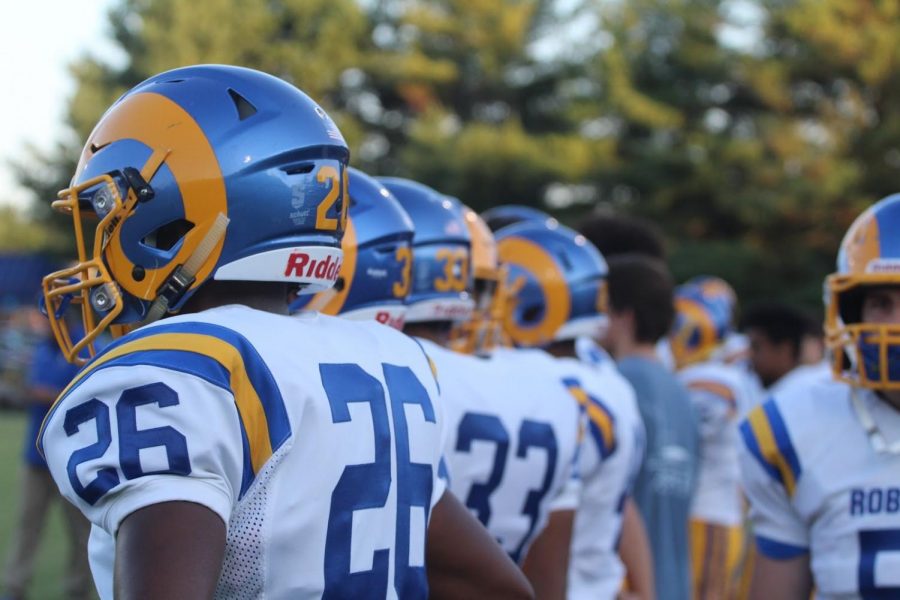Students creating social media pages to discuss their peers is not a new fad. While it has recently taken over Twitter, it was equally prevalent last year, with Facebook sites such as ‘Robinson Best’ critiquing students’ physical features. The varying natures of these pages blur the line between acceptable Internet use and cyberbullying, although, together, students and adults can combat the latter.
No one can determine when a user crosses the line better than a student featured on a site intended for humor. If they are okay with being the topic of discussion, or have put themselves forward as such, there is no need for worry. However, if a student feels they are being continually harassed and cannot handle the problem on their own, they need to contact a responsible adult immediately. This is not a weak option, nor is it taking the easy way out. On the contrary, it takes guts to stand up against a cyberbully, instead of tolerating the abuse.
Adults have a role in fighting cyberbullying as well, although, when they fail to fulfill this role, adverse results can occur. According to the Cyberbullying Research Center website, fewer than 25 percent of adolescents inform an adult when they are feeling bullied because they fear their problem will not be solved. Despite sometimes having little social media background, parents and teachers ought to have little issue recognizing inacceptable online behavior and reporting it to school officials or the police. While parents do not need to step in after every questionable post they see, if they do not do so upon seeing a blatantly harmful statement, they risk unmentionable consequences. In addition, just because cyberbullying may not occur in school, teachers still have the ability to address perpetrators if they act up, rather than dismiss the problem they create as someone else’s responsibility.
By uniting and conquering, students and adults can eliminate the problem of cyberbullying faster than a Facebook user can click ‘ignore.’




